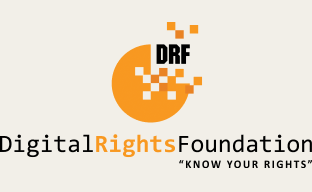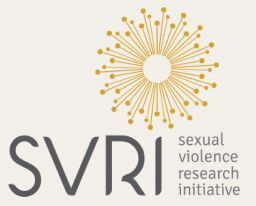This interview has been edited for brevity and readability
What are the new threats and security risks that you are seeing within the South Asia context?
In South Asia we are seeing governments increase controls over content moderation and attempt to pass data protection legislation that seeks to increase state control over social media and the digital sphere. As digital connectivity increases throughout South Asia, albeit unevenly, and our lives become increasingly more digitised, digital safety, data protection and safeguards from online harassment will become more critical and urgent.
How do training sessions in digital security equip trainees with the skills to tackle cyber attacks and other harms online?
Working on digital rights for a decade, we have learned that the most important and effective way of enacting change is to listen to communities and those impacted by issues emanating from digital spaces. When we speak to activists on the ground, their foremost demand is capacity building of communities, and change-makers within these communities, to create resilience against the risks of increased digitisation and ensure preparedness against future harms.
Over time, DRF has created digital safety and awareness workshops for different communities with varying needs, ranging from ‘basic’ to ‘advanced’ workshops depending on the digital literacy and risk profiles of communities. Given the lack of attention given to digital safety, the trainings are often the first time communities are learning about these topics.
Our focus is not only to ensure the individual safety of participants but to take a collective approach to digital safety by ensuring that the participants can impart their learnings to the broader community. Feedback from digital safety workshops has been overwhelmingly positive; for instance, after an online training conducted by DRF under Meedan’s Check Global program, many participants expressed the need for more workshops and advanced training sessions to allow them to learn these skills in a more hands-on manner. Participants leave the workshops with a renewed sense of the importance of digital safety in our everyday lives.
Are women and minority genders in South Asia more vulnerable to online violence than men in the region? What are some solutions needed to combat this?
An important realization has been that safety is not experienced uniformly, and is often experienced along the lines of class, gender, (dis)ability, race, and other factors that determine one’s positionality within society. Adopting an intersectional approach to digital safety often means focusing on the online violence and harassment experienced by women and gender minorities. DRF’s Cyber Harassment Helpline records that a majority of the cases of online harassment are experienced by women. We have found that women are also less likely to report cases of harassment given the social stigma attached to speaking out.
The general election in Pakistan is to happen in 2023. What are the challenges that you foresee and how do you plan to address those challenges?
As Pakistan enters an election year, the role of digital platforms will be more relevant than ever. During the previous general election in 2018, DRF observed that the kind of harassment that women politicians faced was markedly more gendered in nature during the election cycle. We expect these issues to be enhanced during the upcoming election in 2023 with a rise in disinformation as political parties have become more organised online. Disinformation and harmful content in non-English languages are often less likely to be flagged or taken down, given the lack of resources allocated to countries such as Pakistan. Within the country, the Election Commission’s code of conduct and regulations do not extend to digital campaigning, nor does the Commission have the capacity to monitor these spaces.
In light of this, DRF plans to conduct election-specific monitoring, which focuses on documenting and monitoring digital platforms for disinformation and hate speech campaigns during the election period. The purpose of this monitoring will be to direct misleading content to fact-checkers and journalists. We also plan to advocate with the Election Commission of Pakistan to recognise digital spaces as a site for election campaigning.
We collaborated with 53 partner organizations worldwide to design and carry out our 2024 elections projects. We extend special gratitude to our lead partners in Brazil, Mexico and Pakistan, whose work we highlight in this essay.



The 2024 elections projects featured in here would not have been possible without the generous support of these funders.












